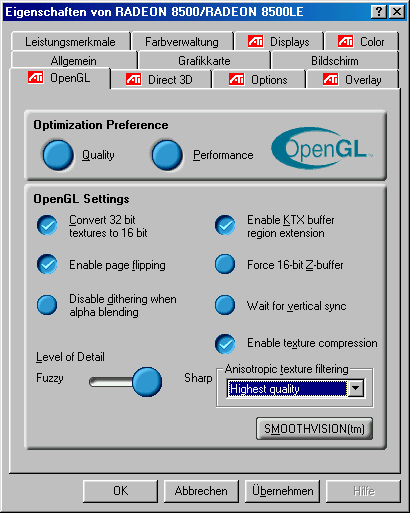RADEON 8500 - Driven To New Heights
Introduction
RADEON 8500 - Driven To New Heights
So far, the introduction of ATi's Radeon 8500 has seemed more like a puzzle than a product launch. Consequently, it's been hard to get a good general impression of this card and its potential. In early August, ATi distributed a small number of pre-production cards, but these samples were rather unconvincing and seemed far from finished. This pre-sampling phase was followed by a veritable shower of whitepapers in which ATi presented its new chip, bit by bit.
The real launch finally took place around the middle of October, with very positive results (for the most part). In some benchmarks, the card was able to beat Nvidia's new flagship, the Ti500, by a comfortable margin. However, this victory was marred by incompatibility issues on Athlon systems, as well as by comparatively low Windows XP performance. The final blow came in the form of the discovery that ATi was cheating in certain benchmarks, skewing the results in their favor by unfair means. Apparently the OpenGL driver (v7191) uses a detection routine to identify the game Quake 3, triggering an undocumented manipulation of the MIP map handling. While this results in noticeably higher frame rates, the added speed comes at the cost of image quality, which suffers visibly. Lastly, the much-touted new SmoothVision FSAA method was not activated in this set of drivers, which only offer SuperSampling FSAA as it was implemented in the original Radeon.
This screenshot shows the degraded image quality of the "Q3 optimized" driver
Get Tom's Hardware's best news and in-depth reviews, straight to your inbox.


